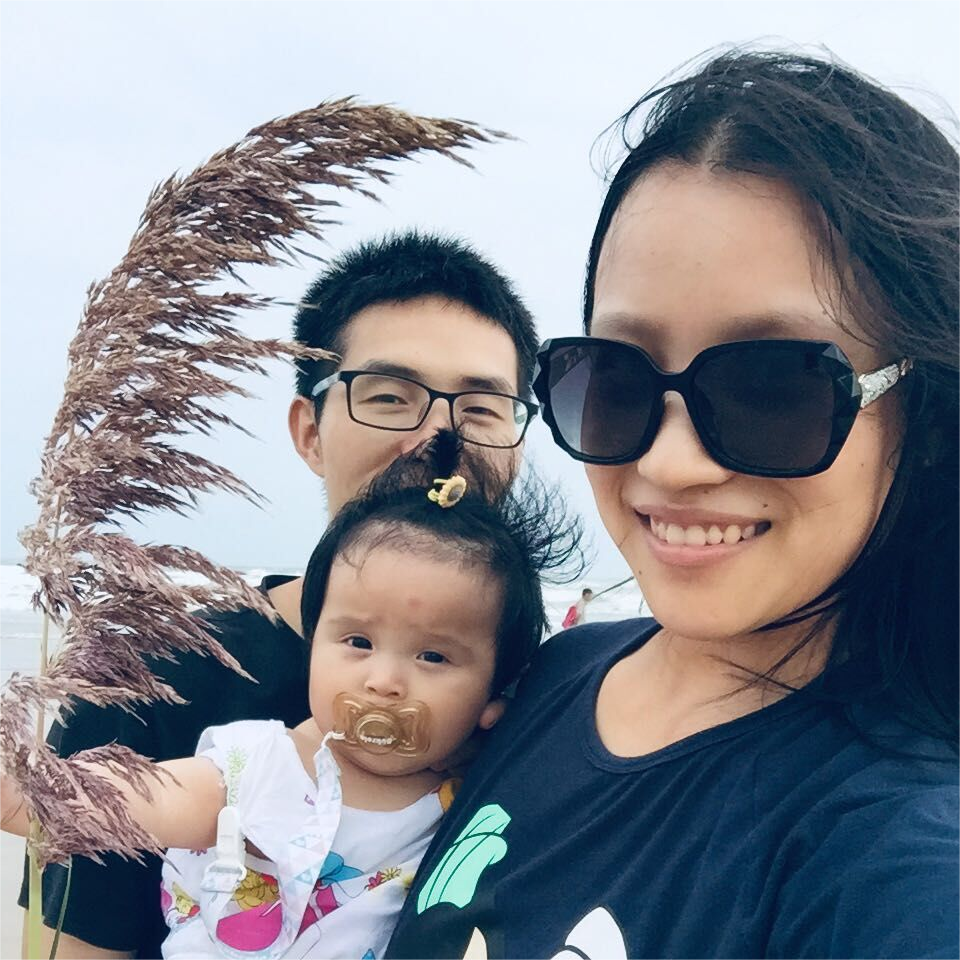Introduction
With the increasing incidence of chronic obstructive pulmonary disease (COPD), more and more patients need long-term oxygen therapy at home. However, some patients worry that continuous inhalation of oxygen will lead to dependence and do not dare to adhere to oxygen therapy or inhale intermittently. In view of this question, this article will discuss in detail the issue of oxygen dependence in COPD patients and the correct method of home oxygen therapy.

I. Is 24-hour Oxygen Inhalation Likely to Cause Patient Dependence on Oxygen
The possibility of oxygen dependence in COPD patients is extremely low. For patients with severe COPD, 24-hour continuous oxygen therapy is required due to the condition, not because it leads to dependence. In fact, the longer the continuous oxygen therapy time, the better the treatment effect. Specifically, it is recommended to inhale oxygen for at least 15 hours per day, and the effect will be even better if 24-hour oxygen inhalation can be adhered to. It is especially important to adhere to oxygen inhalation during sleep to prevent nighttime blood oxygen desaturation and exacerbate hypoxia.
Some COPD patients worry that long-term oxygen therapy will make the body "lazy" and overly rely on external oxygen intake. However, this worry is unnecessary. The hypoxemia and shortness of breath experienced by COPD patients are caused by irreversible lung damage and dysfunction. Oxygen therapy serves to supplement the insufficient oxygen levels that patients' damaged lungs cannot reach. Without adequate oxygen supplementation, COPD patients are at high risk of complications such as pulmonary hypertension, heart failure, and even respiratory failure. Adhering to doctor-prescribed oxygen therapy is crucial for COPD management.
In contrast, for those without existing lung conditions, prolonged exposure to high concentrations of oxygen can potentially lead to oxygen toxicity. Because their lungs are healthy and functional, excessive external oxygen intake interferes with the body's natural oxygen homeostasis. But for COPD patients, oxygen therapy compensates for their body's oxygen deficit and enables their vital organs to function more normally. Hence, concerns about oxygen dependence should not deter COPD patients from receiving adequate oxygen therapy.
II. Precautions for 24-Hour Oxygen Inhalation
When a patient needs 24-hour continuous oxygen therapy, the main precautions are that the oxygen concentration should not be too high. Low-flow, low-concentration oxygen inhalation should be used.
It is recommended to adjust the oxygen flow rate to 1-2 liters per minute to keep the blood oxygen saturation between 90-92%, no higher than 95%, and no lower than 88%. Oxygen flow that is too high and beyond patients' needs, usually over 4 liters per minute, should be avoided. This may lead to rebreathing of carbon dioxide and respiratory acidosis. Meanwhile, monitor the blood oxygen using a pulse oximeter to avoid hyperoxemia, that is, the blood oxygen saturation exceeding normal levels, going above 97% or over 120mmHg. Studies have shown that prolonged hyperoxemia increases patient mortality risk by altering cell metabolism pathways and causing cell damage via oxidative stress.
The table below is an example home oxygen schedule that can be flexibly adjusted according to one's needs to arrange the daily oxygen therapy duration and timing:
|
Oxygen intake schedule |
Oxygen intake time log |
Total duration |
|
After morning exercise |
08:30-10:00 |
1.5 hours |
|
Afternoon nap |
13:00-15:00 |
2 hours |
|
Reading |
16:00-17:00 |
1 hour |
|
Watching TV |
19:00-21:00 |
3 hours |
|
Evening rest |
22:00-7:00 |
9 hours |
In this schedule, oxygen therapy is sustained 24 hours a day, with special attention during sleep time from 10 pm to 7 am to prevent nighttime hypoxemia. Oxygen can be temporarily removed during meals and bathing. For portable oxygen concentrators, an additional battery is prepared for alternate use after 5 hours to ensure adequate oxygen supply when away from the stationary machine.

III. Whether Oxygen Machines Need to Be Carried During Exercise
When COPD patients experience transient hypoxemia or oxygen desaturation, with blood oxygen saturation dropping below 90%, during physical activity or exercise, portable oxygen should be readily available. Portable oxygen machines usually come in the form of compressed oxygen cylinders or oxygen concentrators designed for mobility. If oxygen supplementation is not administered in time when blood oxygen levels run low, the resulting oxygen deficit can rapidly trigger hypoxia both in the lungs and throughout the body.
Furthermore, lack of oxygen will also cause carbon dioxide accumulation as insufficient oxygen reaches the tissues for carbon dioxide to be exhaled. Over minutes to hours, this leads to hypercapnia - elevation of blood carbon dioxide. In the long term, recurrent exercise-induced hypoxemia and hypercapnia can precipitate acute exacerbations of COPD, requiring emergency medical attention and hospitalization. Therefore, during physical exertion or workouts, COPD patients' blood oxygen must be monitored continuously with a portable pulse oximeter to maintain saturation between 90-92%. Falling levels should be promptly corrected by oxygen inhalation using their portable device until blood oxygen normalizes.
IV. Adhering to Correct Home Oxygen Therapy
When a COPD patient's condition progresses to the point of needing long-term oxygen therapy, adhering strictly to daily oxygen inhalation as advised by doctors is critical. COPD itself is a progressive disease, with lung function and capacity declining over time. While medications help control symptoms, they cannot reverse the accumulating structural damage in COPD patients' airways and lung tissues.
As COPD gets more severe, complications like pulmonary hypertension and cor pulmonale (right heart failure) often emerge due to chronic hypoxemia putting strain on the heart's right ventricle. Hence, correct oxygen supplementation helps alleviate these downstream effects by improving blood oxygen transport. Studies show that continuous long-term oxygen therapy reduces COPD mortality risk by stabilizing patients' health conditions. Compared to no oxygen therapy, it lowers the 5-year mortality rate from 70% to 40%.
On the other hand, poor adherence or under-treatment is detrimental to COPD prognosis. Similar to how medication non-compliance heightens cardiovascular risks for hypertension patients, COPD patients who improperly follow oxygen regimens also face an increased likelihood of mortality and acute exacerbations needing hospital care. Therefore, motivated by deeper knowledge of oxygen therapy's benefits, patients should strive to incorporate the oxygen schedule into their daily routine. Family members can provide practical reminders and moral support. With perseverant effort, the oxygen regimen will become a habitual lifestyle.

Conclusion
In summary, for patients with severe COPD, 24-hour continuous oxygen therapy does not lead to dependence; on the contrary, longer daily oxygen therapy enhances therapeutic effects. The foundations of home oxygen treatment are appropriate titration of oxygen dosage alongside vigilant monitoring for hyperoxemia. Beyond technical management, cultivating a positive perspective surrounding oxygen therapy aids perseverance. By dispelling misconceptions about oxygen dependence, patients are empowered to fully reap this lifesaving intervention's advantages. Together with family, they can collaboratively integrate oxygen schedules into a health-supporting routine.
Read More
- Working Principle of Portable Oxygen Concentrator - Lovego Medical
- How To Solve Beeping Alarms on Your Oxygen Concentrator - Lovego Medical
- Select the Right Portable Oxygen Concentrator for Active Lifestyles - Lovego Medical
- Choosing Your idea POC: Pulse vs. Continuous Flow - Lovego Medical
- How to Choose a Right Device - Lovego Medical





اترك تعليقًا
This site is protected by hCaptcha and the hCaptcha Privacy Policy and Terms of Service apply.